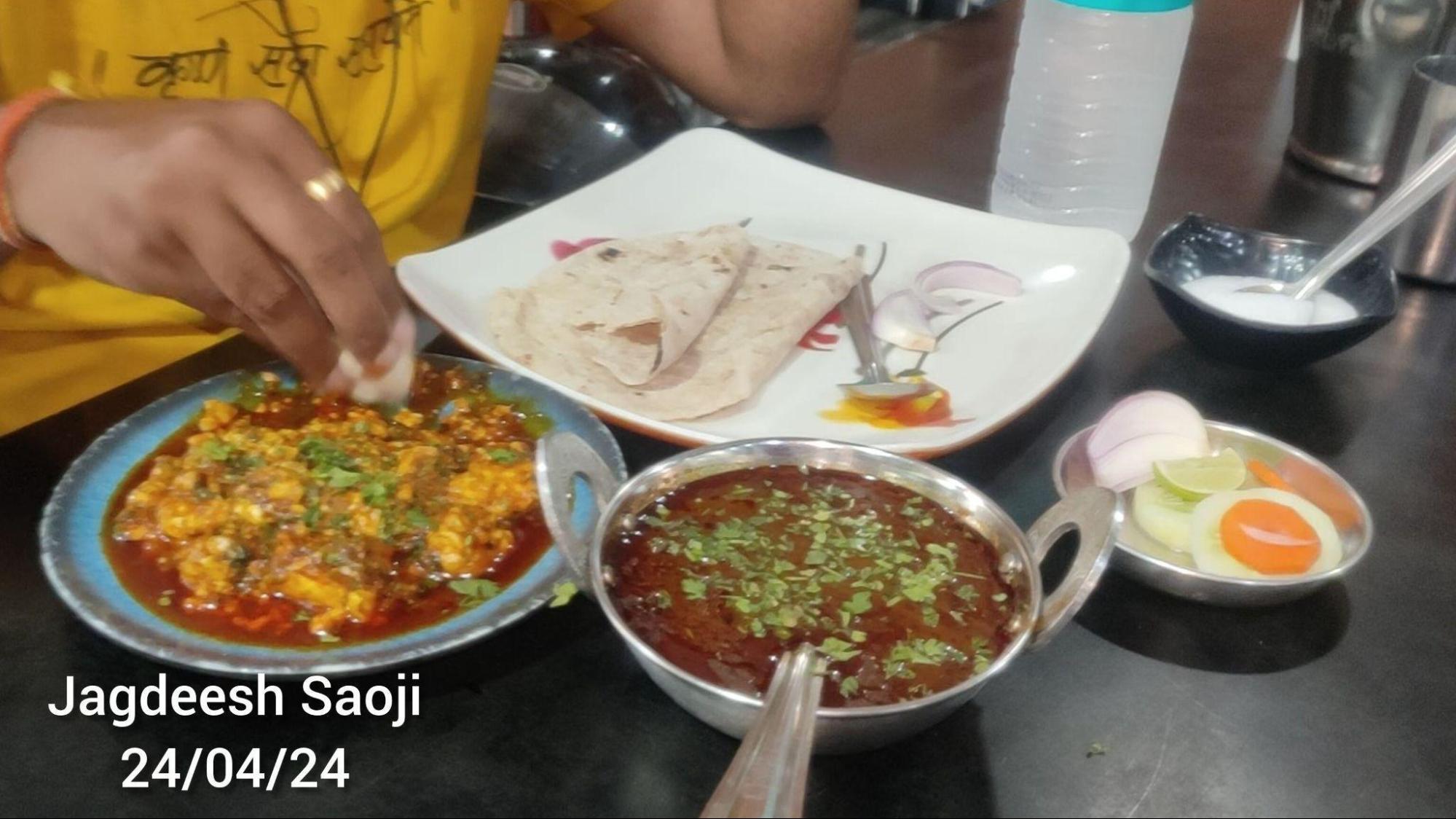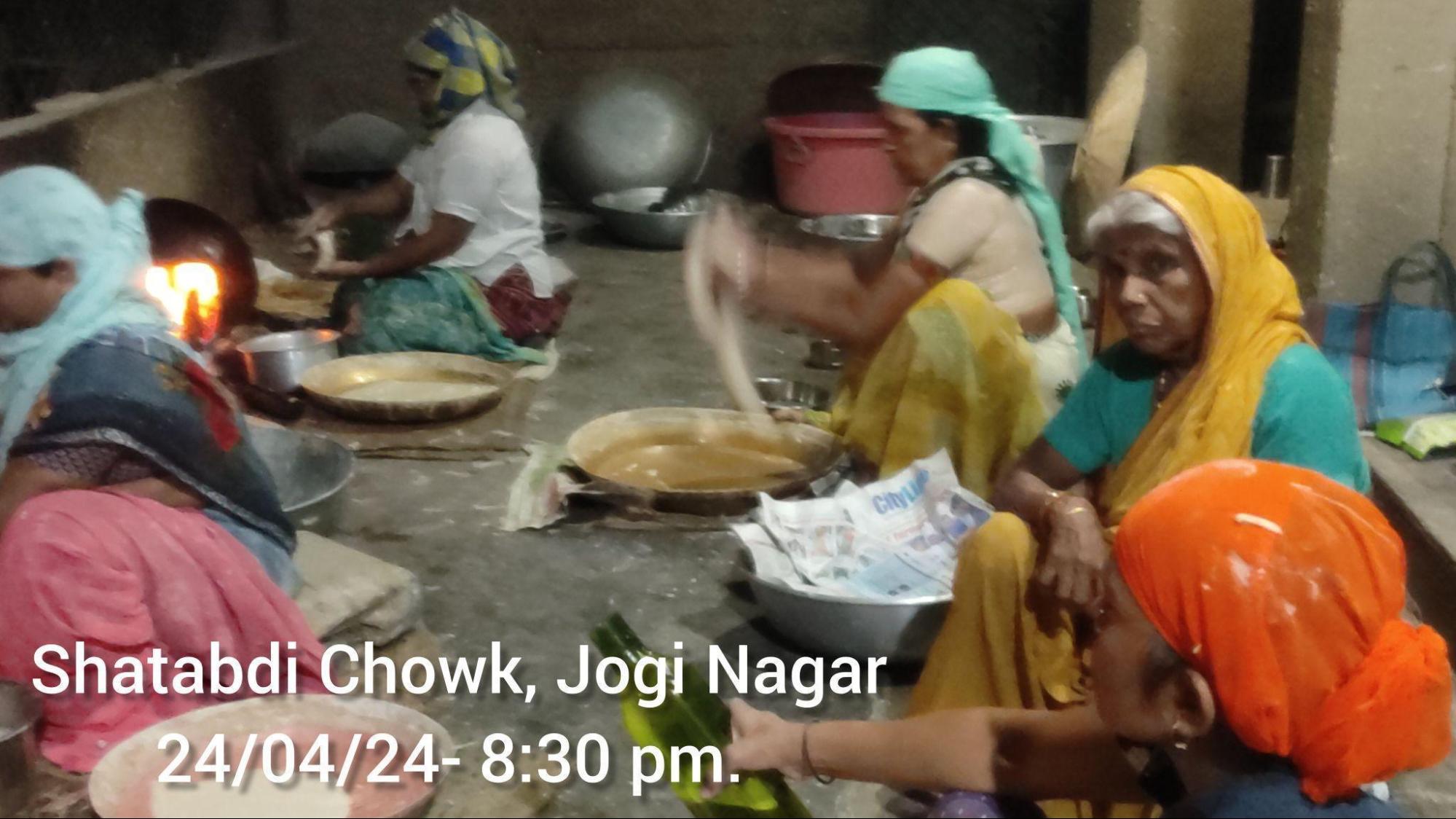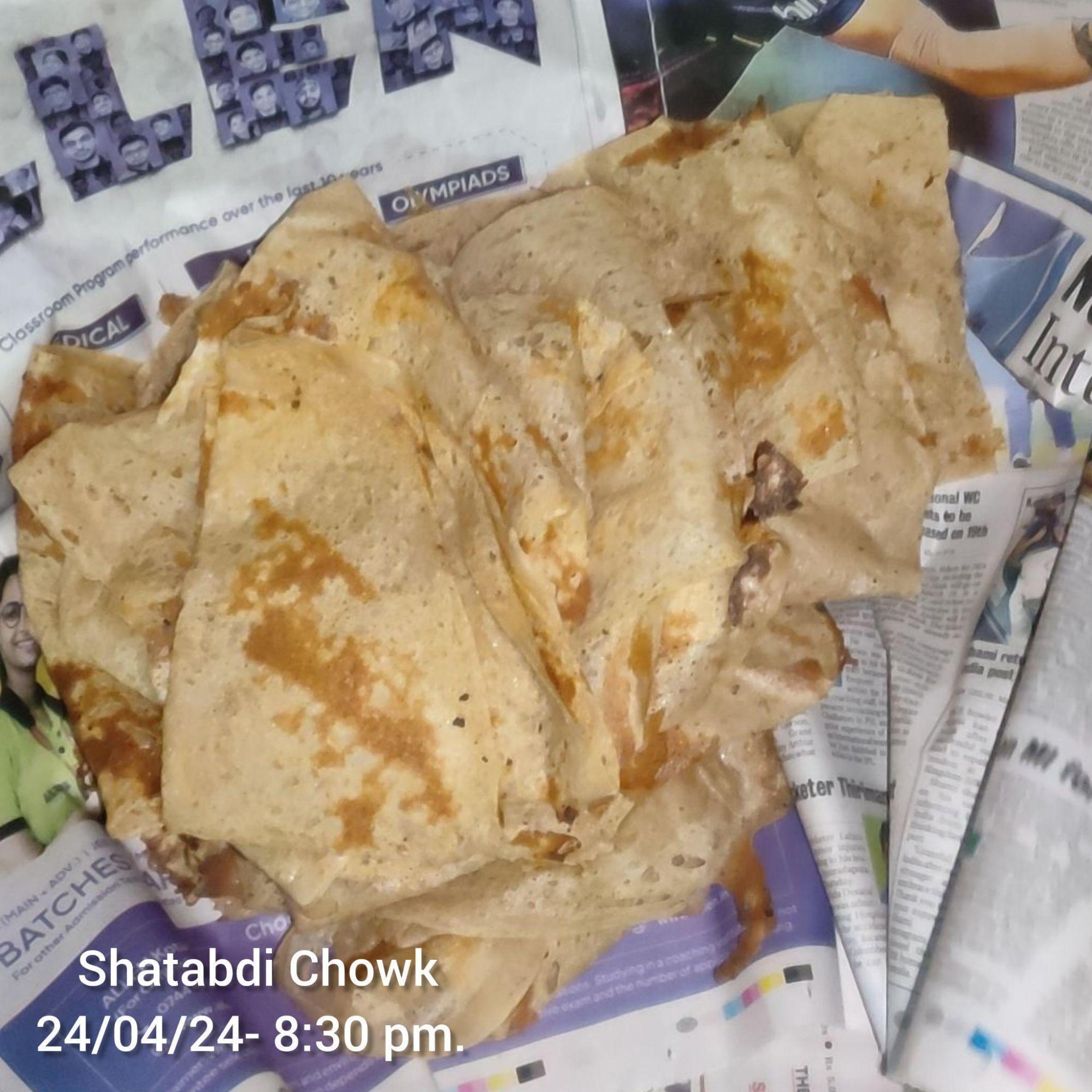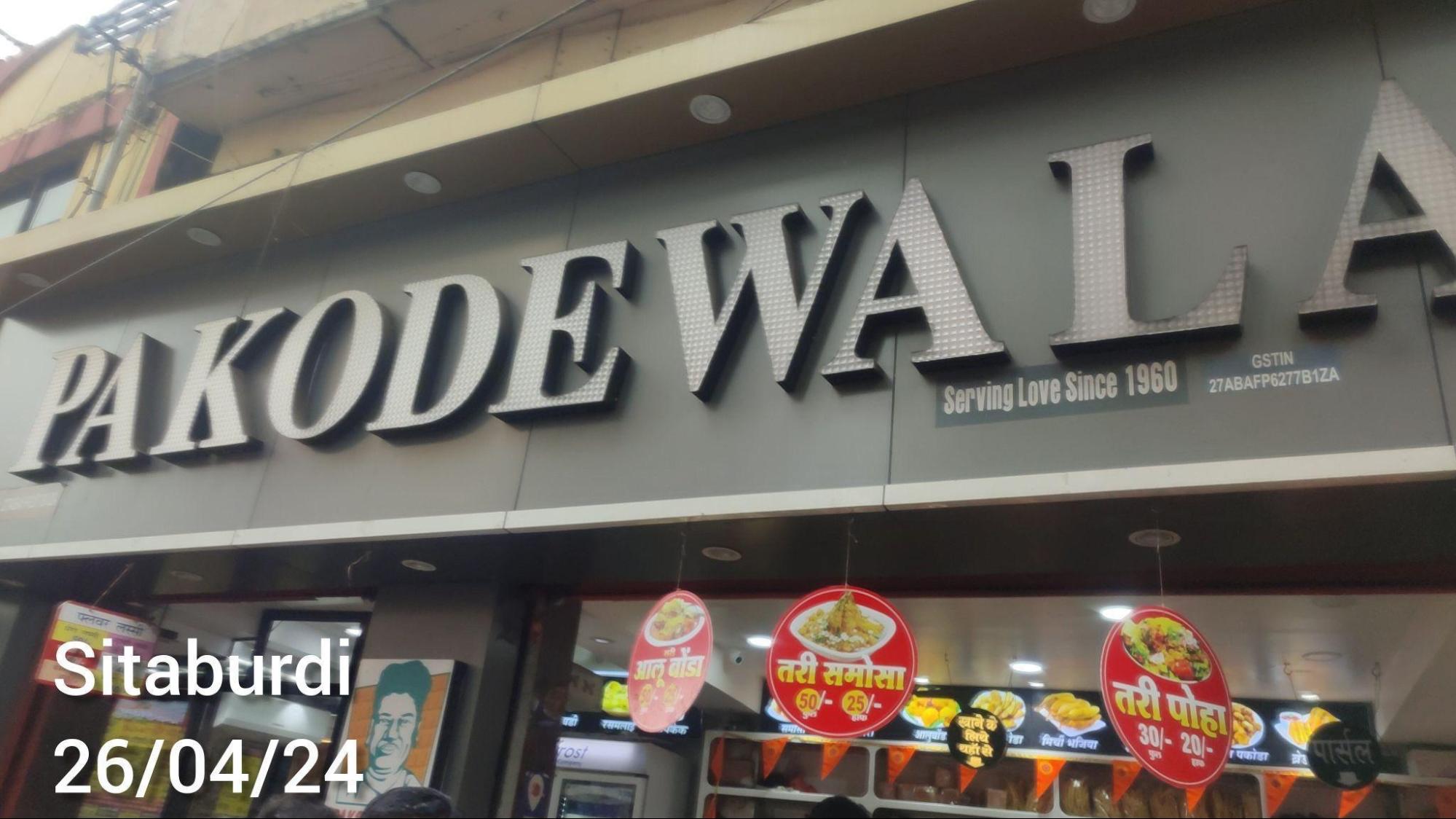Contents
- Traditional and Modern Eating Practices
- Meals of the Day
- How Spicy is the Food?
- Local Produce
- Pickles
- Festival and Seasonal Delicacies
- Smoking, Drinking and Substance Use
- Local Culinary Traditions
- Saoji
- Traveled Culinary Traditions
- Lambi Roti/Randani Roti
- Tarri Poha
- Koshimbir
- Eating Out
- Ghate’s Dudh Mandir
- Shraddha Samosewala
- Ram Bhandar
- Pakodewala
- Heera Sweets
NAGPUR
Food
Last updated on 22 July 2025. Help us improve the information on this page by clicking on suggest edits or writing to us.
The residents of Nagpur embrace dishes from across India, offering a delightful mix of flavors throughout the day. Some dishes distinct to Nagpur include Saoji, Tarri Poha, and Lambi Roti, all characterized by their spicy taste. Nagpur's sweet tooth is also satisfied; the Santra Barfi, made with the city's famous oranges.
Traditional and Modern Eating Practices
Historically, millets were the main food in Nagpur. However, over time, rice and pulses have become the most popular staples. In terms of wheat, Havara wheat was once the main ingredient used for Lambi roti, but now Lokwan wheat is commonly used. Nagpur's traditional food is known as Saoji cuisine, famous for its rich flavors and spices. The spices used in the gravies include cloves, cardamom, poppy seeds, black pepper, bay leaves, and ground coriander seeds. Saoji cuisine features delicious dishes like mutton, chicken, prawns, fish, and egg curries, served with hot rotis and boiled rice. These dishes are typically prepared by the Halba Koshti community.

Meals of the Day
In Nagpur, the meals of the day comprise the typical breakfast, lunch, and dinner. For breakfast, people usually eat Tarri Poha, Patodi Kadhi, or Sabudana Khichdi. Restaurant outlets and hawkers prepare Tarri Poha as early as the early morning hours. It is a common and spicy breakfast among the people of Nagpur. Kadhi Patodi is another staple breakfast for many in the city. Patodi, or patwadi, is made from rolled gram flour dough stuffed with a mixture of coriander and coconut, then deep-fried until crispy and crunchy. It is served with kadhi, which is made from buttermilk. A typical Nagpur lunch and dinner consists of simple foods such as boiled rice and pulses, along with poli or chapati and bhaaji.
After meals, people in Nagpur prefer mouth freshers such as saunf (fennel seeds), Mukhwas (mixture of various seeds, nuts, and sometimes dried fruits), Paan/Meetha Paan (made from betel leaf and other ingredients). It's important to note that the preference for a specific mouth freshener can vary depending on individual taste and the occasion.
How Spicy is the Food?
The dishes of Nagpur are known for their spiciness. The people of Nagpur add a significant amount of spice to their food, making the preparations more palatable and flavorful. Peanuts, dried copra, and ghee are commonly used as garnishes.
Local Produce
![Nagpur Oranges[1]](/media/culture/images/maharashtra/nagpur/food/nagpur-oranges1-fa9a4aa1.png)
Nagpur's staple produce is a tie between two key ingredients: rice and pulses (specifically tur dal). Apart from these grains, Nagpur is known for its production of oranges. Nagpur oranges, known for their distinctive sweet-sour flavor and high juice content, are a prominent agricultural product of the Nagpur region in Maharashtra, India. These oranges have been granted a Geographical Indication (GI) tag, ensuring that only those grown in this specific area can be marketed under the name "Nagpur oranges". The cultivation of these oranges dates back over a century, believed to have originated from sweet orange varieties introduced by the British. Local farmers have since developed a unique variety well-suited to the region's hot and dry climate, characterized by red clayey soil rich in nutrients.
Harvesting typically occurs between October and January, with two main crops: the slightly sour Ambiya crop available from September to December and the sweeter Mrig crop harvested in January. However, recent challenges such as climate change, erratic weather patterns, and pest infestations have threatened the quality and yield of Nagpur oranges. For instance, a warm winter combined with unexpected rainfall has led to significant losses, with estimates suggesting up to 50% of the crop may have been affected this season alone. Farmers have reported receiving drastically lower prices for their produce due to these adverse conditions, highlighting the economic vulnerability faced by those dependent on orange cultivation.
Despite these challenges, Nagpur oranges remain a vital export commodity, with India exporting approximately 1.5 lakh tonnes annually, valued at over ₹200 crore. The fruit is not only popular locally but has also been declared the official fruit of Maharashtra.
Pickles
![Meth Amba[2]](/media/culture/images/maharashtra/nagpur/food/meth-amba2-c448e5ca.png)
![Sakhar Amba[3]](/media/culture/images/maharashtra/nagpur/food/sakhar-amba3-932a7abb.png)
Some of the most common types of pickles in Nagpur include mango pickle, lemon pickle, garlic pickle, ginger pickle, and mixed vegetable pickle. Additionally, Meth Amba (a sweet and savory mango-methi relish) and Sakhar Amba (a sweet and tangy mango pickle used as a side dish in Marathi meals) are two other very famous pickles and chutneys in Nagpur.
Festival and Seasonal Delicacies
There are multiple festivals celebrated in Nagpur, and each festival is accompanied by different delicacies. During Ganesh Chaturthi, sweet dishes such as Modak and Shankarpali are must-haves. The festival of Diwali features food items like Puran Poli, Chakli, Chiwda, Shrikhand, Farsan, and Karanji. While delicacies such as Orange Barfi (made with condensed milk, khoya (reduced milk solids), and oranges) are a treat for Nagpur throughout the year, dishes such as usal and Til Gul are famous especially during Makar Sankranti.
Smoking, Drinking and Substance Use
Recently, the drinking culture in the Nagpur district has been on the rise. In 2020, tipplers in Nagpur district consumed more than 64 lakh bottles. Statistics revealed that the consumption of country liquor was the highest among all types of foreign-made liquors, beer, and wine.
Local Culinary Traditions
Saoji
As mentioned earlier, Saoji is an indigenous dish of Nagpur. The unique flavor and taste of Saoji food comes from the very special Saoji spices (masala) for which each family has its own recipeguarded very zealously. The masala is made of 32 different spices.
Traveled Culinary Traditions
Lambi Roti/Randani Roti
This unique ‘slimy dough bread’ as netizens refer to it, is also called as matka roti because it is made on a matka, i.e. an earthen pot, also called a Randan in Nagpur. This authentic roti is made by first soaking only wheat flour in salt and water for about 30-35 minutes. (Now, the Lokwan wheat is used but earlier the Havara wheat was used). After this starts the process of tossing the dough extensively to achieve elasticity and a slimy texture. Finally, when the dough is ready, the Lambi Roti is cooked on the Randan. People eat this ‘rumali’ roti with a wide range of items such as chai, shrikhand, aam ras, but mostly with spicy sabzis. It has been approximately 100 years that a particular community has made this roti.


Tarri Poha
It is a little different from the normal poha that is found across India. Although the recipe for poha remains the same, it is the chana gravy that makes this dish distinct and more flavourful. The chana gravy is added to the poha and served with onions, and sometimes with sev and chiwda.

Koshimbir
Koshimbir is a very important component of the Nagpur traditional thali and is a must-prepared dish for any special or religious occasion. Koshimbir is a salad made from raw vegetables and fruits and is flavoured with butter and spices. There are many variations of Koshimbir in different regions, but cucumber and grated coconut are the two main ingredients of this delicious dish.
Eating Out
Ghate’s Dudh Mandir
This restaurant was very famous throughout the 1960s and '70s for the milk that was sold, but today one can find both North Indian and South Indian dishes on the restaurant's menu.
Shraddha Samosewala
The Kashyap household began their business journey in the 1960s with a small stall selling sugarcane juice. Today, Shraddha’s Samose has gained fame across Nagpur for its uniquely delicious taste. The initial sugarcane juice stall gradually evolved into a tea stall that also offered snacks such as namkeen, Samosa, Kachori, and Farsan. As the business expanded further, they began selling Jalebi as well. Additionally, the establishment is well-known for its Tarri Poha.

Ram Bhandar
Ram Bhandar began as a shop selling Kesari Pedhas over a century ago and quickly gained popularity for these sweets. According to the current owner, they started selling jalebis within two years of launching the Pedha outlet. Today, Ram Bhandar offers a diverse menu that includes North Indian, South Indian, and Chinese main courses. Additionally, the establishment sells Farsan in packaged form. Currently, Ram Bhandar is particularly famous for its various flavors of Lassi, which are especially popular during the summer months.

Pakodewala

Famous for its Moong Pakoda and Jalebi, Pakodewala has been an eatery since 1960. The current owner is part of the third generation; his grandfather came from Uttar Pradesh and started a small 'thela' in Burdi. Today, they also have an outlet in Manish Nagar. The owner shared that the most popular items sold are Samosa and Pakoda, with a significant number of young customers, though older patrons also visit occasionally.
Heera Sweets
This famous sweet shop in Nagpur, run by a third generation, is renowned for its Santra Barfi and Soan Papdi, although it produces all kinds of sweets in its three factories. Among its signature offerings are Karachi Halwa and Mysore Pak. The shop was established in Burdi about 50-60 years ago under the name Bhagat Sweets by an immigrant from Pakistan. Even back then, they sold Maisur Pak, barfi, and pedha. Interestingly, they have never sold jalebis; instead, they offer a Sindhi variant called Sindhi Gheeyar, which is popular during Holi. Approximately 38 years ago, the current owner learned a unique method for making Soan Papdi from Nepalis and subsequently modified this concept into their original ‘Soan Rolls,’ which have become quite famous.
Last updated on 22 July 2025. Help us improve the information on this page by clicking on suggest edits or writing to us.